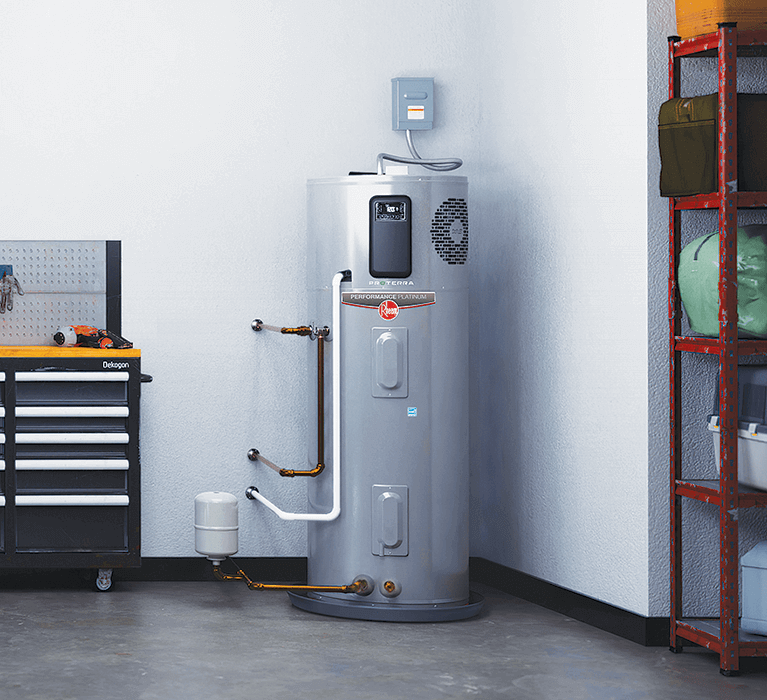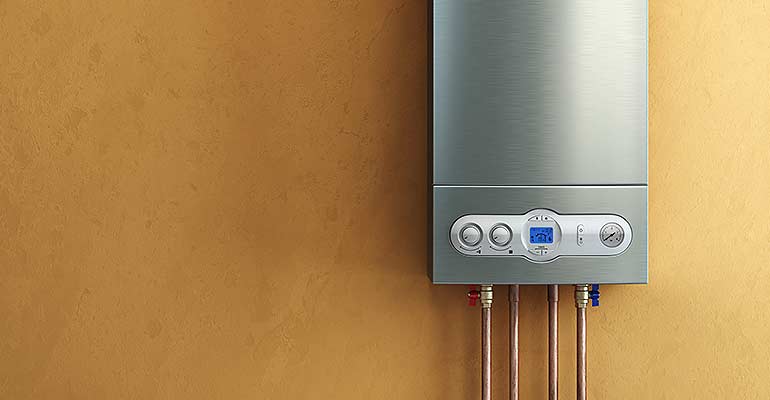Are you in search of content around Tips on Maintaining a Water Heater?

Hot water is necessary for daily convenience, whether it's for a refreshing shower or washing recipes. To guarantee your hot water system runs successfully and lasts much longer, normal upkeep is essential. This short article gives functional pointers and insights on how to keep your home's warm water system to avoid interruptions and pricey fixings.
Intro
Maintaining your home's hot water system may appear difficult, yet with a few simple steps, you can guarantee it runs efficiently for many years ahead. This overview covers every little thing from comprehending your warm water system to DIY maintenance pointers and knowing when to contact professional assistance.
Relevance of Keeping Your Warm Water System
Routine maintenance not only prolongs the life expectancy of your warm water system yet additionally ensures it runs efficiently. Disregarding maintenance can result in lowered efficiency, greater energy bills, and even premature failure of the system.
Indicators Your Hot Water System Requirements Upkeep
Recognizing when your warm water system needs attention can protect against major concerns. Look out for signs such as inconsistent water temperature, odd sounds from the heater, or rustic water.
Purging the Water Heater
Purging your hot water heater removes sediment buildup, enhancing performance and lengthening its life.
Checking and Replacing Anode Rods
Anode poles avoid deterioration inside the container. Examining and changing them when worn out is crucial.
Facility Problems Calling For Specialist Aid
Examples consist of significant leakages, electric troubles, or if your water heater is continually underperforming.
Routine Expert Maintenance Advantages
Professional upkeep can consist of complete assessments, tune-ups, and guaranteeing conformity with safety criteria.
Examining and Adjusting Temperature Level Setups
Readjusting the temperature settings makes sure ideal efficiency and security.
DIY Tips for Maintenance
You can execute numerous maintenance tasks yourself to keep your warm water system in top problem.
Checking for Leakages
Frequently examine pipes and links for leaks, as these can cause water damages and greater bills.
Recognizing Your Warm Water System
Before diving into upkeep jobs, it's handy to comprehend the fundamental components of your hot water system. Typically, this consists of the water heater itself, pipelines, anode rods, and temperature controls.
Monthly Upkeep Tasks
Routine month-to-month checks can help capture minor issues before they escalate.
Testing Stress Relief Valves
Testing the stress safety valve ensures it functions correctly and prevents too much stress buildup.
Protecting Pipelines
Protecting warm water pipes decreases warmth loss and can save energy.
When to Call an Expert
While DIY upkeep is beneficial, some problems call for professional knowledge.
Conclusion
Normal maintenance of your home's warm water system is vital for efficiency, long life, and price savings. By following these ideas and knowing when to look for professional assistance, you can make sure a trusted supply of hot water without unexpected disruptions.
How to Maintain an Instant Hot Water Heater
Before tinkering with your hot water heater, make sure that it’s not powered on. You also have to turn off the main circuit breaker and shut off the main gas line to prevent accidents. Also turn off the water valves connected to your unit to prevent water from flowing into and out of the appliance. 2. When you’re done, you have to detach the purge valves’ caps. These look like the letter “T” and are situated on either side of the water valves. Doing so will release any pressure that has accumulated inside the valves while at the same time avoid hot water from shooting out and burning your skin. 3. When the purge valves’ caps are removed, you have to connect your hosing lines to the valves. Your unit should have come with three hoses but if it didn’t, you can purchase these things from any hardware or home repair shops. You can also get them from retail stores that sell water heating systems. Read the user’s manual and follow it to complete this task properly. When the hosing lines are connected, open the purge port’s valves. 4. You should never use harsh chemical cleaners or solutions when cleaning your unit. Make use of white vinegar instead. It should be undiluted and you’ll probably use about 2 gallons. 5. Now flush your water heater. This task should probably take about 40 minutes. We can’t give you specific directions for this because the procedure is carried out depending on the type, model and brand of your heater. With that being said, refer to the user’s manual. 6. When you’re done draining the unit, you have to turn off the purge port valves again. Remove the hosing lines that you earlier installed on each of the water valves. Put the valve caps (purge port) back in their respective places and be very careful so as not to damage the rubber discs that are found inside these caps. 7. Now that everything’s back in place, check your user’s manual again to find out how to reactivate your water heating system. 8. Once it is working, turn one of your hot water faucets on just to let air pass through the heater’s water supply pipes. Leave the tap on until water flows smoothly out of it. https://www.orrplumbing.com/blog/2014/september/how-to-maintain-an-instant-hot-water-heater/

Do you really like reading up on What Kind of Maintenance Do Water Heaters Need?? Try to leave feedback down below. We would be glad to find out your opinions about this entry. In hopes to see you back again in the near future. For those who enjoyed reading our blog post kindly do not forget to pass it around. Thanks a lot for your time. Kindly visit our site back soon.
Try Here